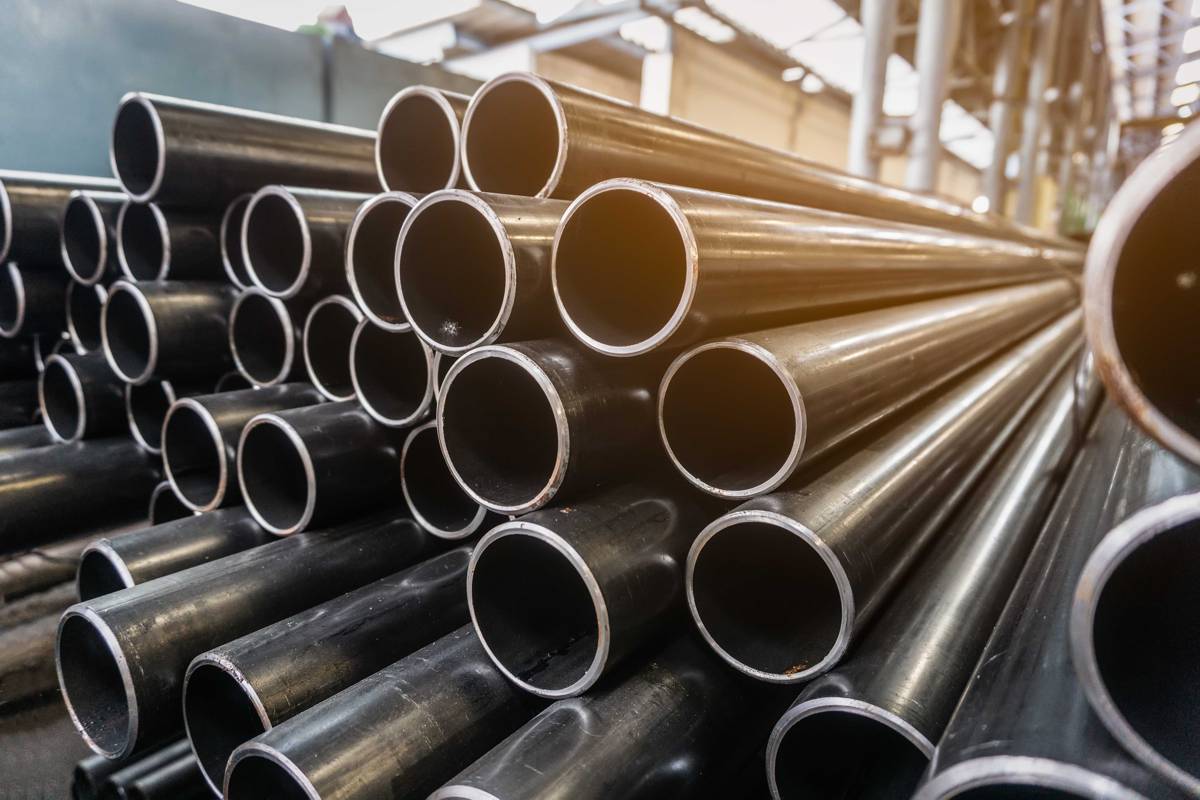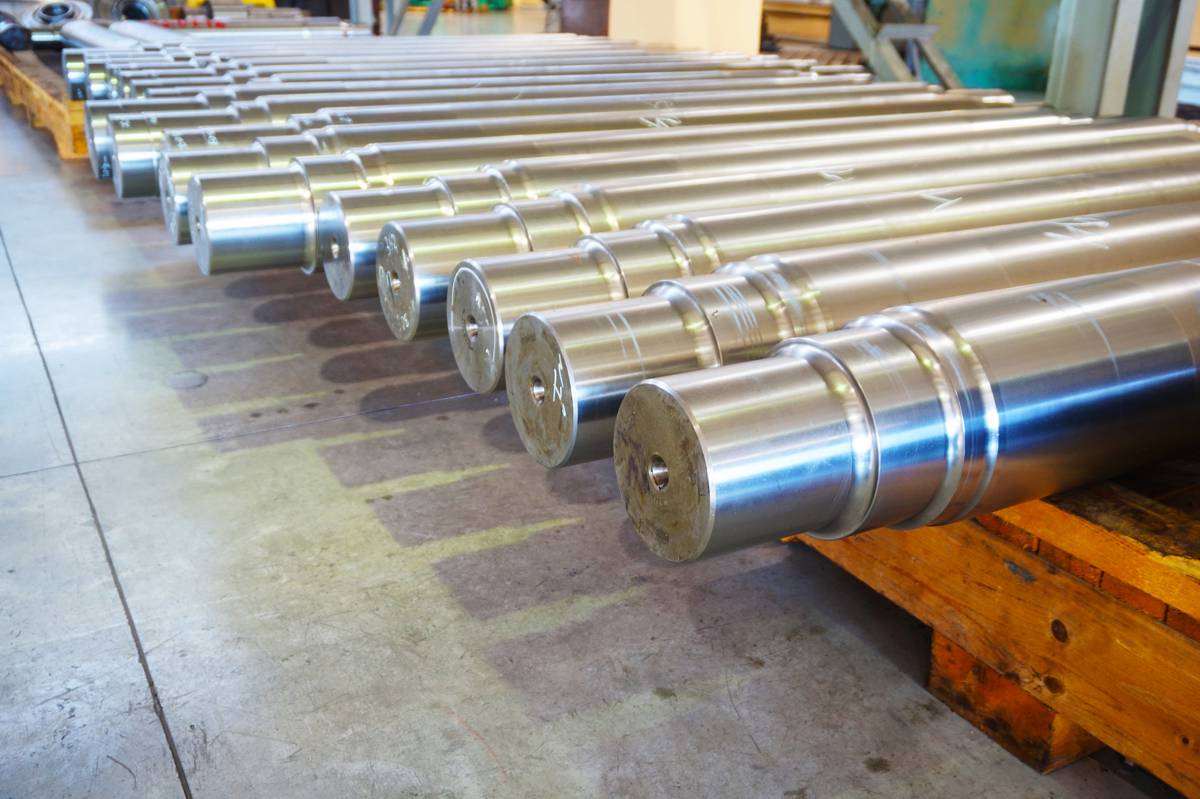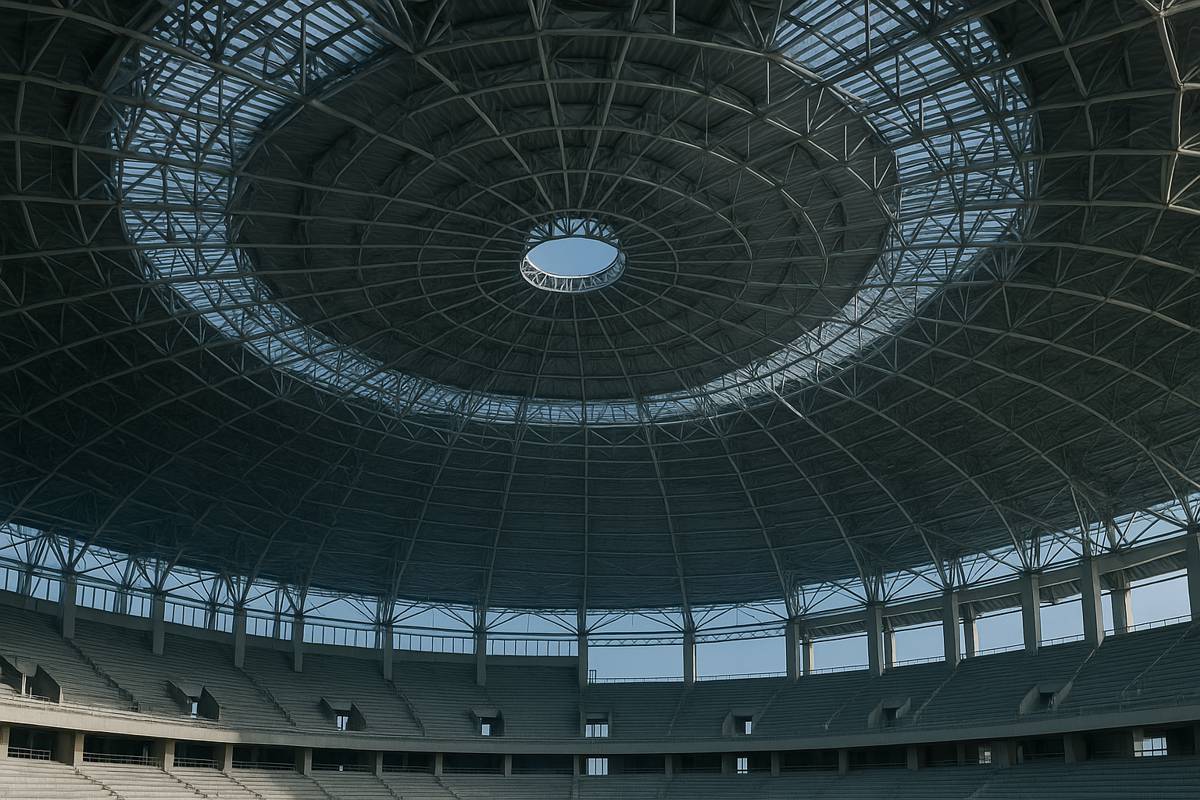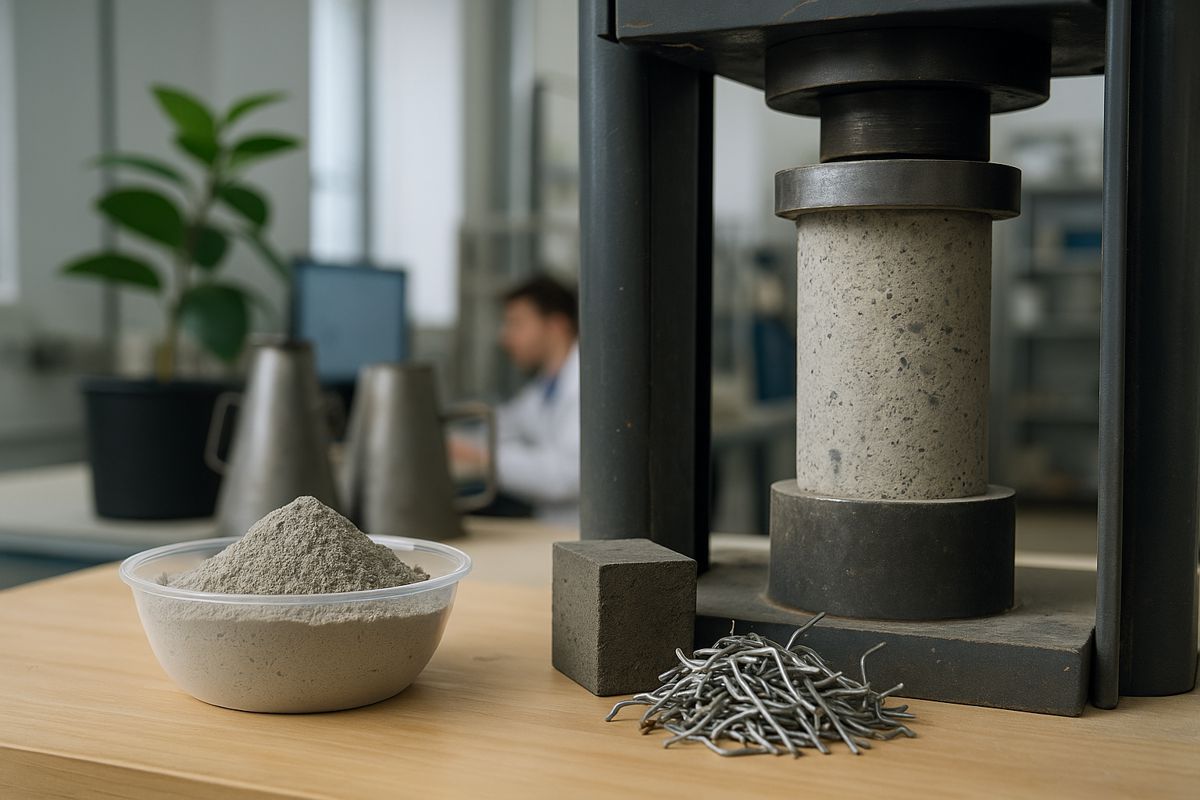Paint-on peelable Corrosion Protection Coatings
When choosing a coating, painters typically want one with good adhesion that will not peel quickly. But in some cases, a peelable, strippable coating is exactly what users need for a temporary coating application.
Factor in corrosion protection, and manufacturers and maintenance crews have VpCI®-372, a flexible option for removable metal coatings applications.

How VpCI®-372 Works
VpCI®-372 from Cortec® Corporation is a fast-drying, water-based, low VOC acrylic peelable coating that provides corrosion protection in sheltered applications. It can be applied to metal surfaces by spray, brush, or dip.
It dries quickly to a clear coat or can be tinted to match some existing colour schemes or to provide easy identification of parts. When protection is no longer needed, the user can peel the coating off by hand and discard it as solid waste.
This is an exceptional advantage, allowing workers to keep the metal clean, dry, and protected without having to expose themselves to solvents and paint removers.
When to Use VpCI®-372
VpCI®-372 should be used when packaging and other rust preventative coatings are not optimal. The following questions can be helpful in guiding the decision:
- Does the shape of the metal make packaging difficult?
- Would packaging removal at the end of preservation interrupt the workflow?
- Do I need temporary protection rather than a permanent topcoat?
- Do I want to be able to remove the coating without solvents or cleaners?
- Will my component be exposed to light physical abrasion (e.g., gravel bouncing off the road)?
- Do I have metal parts that need to be masked off?
If the answer to any of these questions is “yes,” the application is a good candidate for VpCI®-372 corrosion protection.

Where to Use VpCI®-372
VpCI®-372 peelable coating can be used on equipment in transit, in storage, and sometimes even in operation. For example, instead of applying a greasy rust preventative to new parts being shipped to the assembly plant, a manufacturer can spray the bare metal components with VpCI®-372, which can be peeled off clean and dry when the end user is ready to assemble the parts. Other applications include:
Threads, Splines, and Dynamic Profiles
VpCI®-372E is an extra thick version of Cortec’s coating that can be painted on to protect threads, splines, machined areas, or other metal surfaces with dynamic profiles.
Winter Equipment Storage
Maintenance crews putting away metal boats or other equipment for the winter can spray metal surfaces with VpCI®-372 and simply peel it off in the spring.
Component Masking
Coating applicators in a paint booth can mask off specific areas of a part with VpCI®-372 before spraying the rest of the component with a permanent coat. The VpCI®-372 collects the overspray and can be peeled off to reveal a clean, bare metal surface after the paint application.
Heavy Equipment Storage
VpCI®-372 can even be sprayed on dump truck beds, forklift tines, or grader blades of heavy equipment that has to sit in storage for extended timeframes. The equipment will be protected but ready to drive off at a moment’s notice, with or without removing the coating.

Give Peelable Coatings a Try
Peelable coatings work better in some applications than in others. The key is to determine what factors are at play for a particular preservation need. If your application calls for temporary corrosion protection and is not suited to packaging, it may be time to put peelable, strippable coating to work by ordering a sample of VpCI®-372 or VpCI®-372E.



















